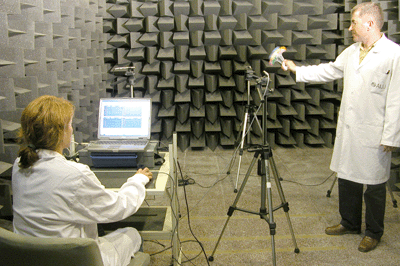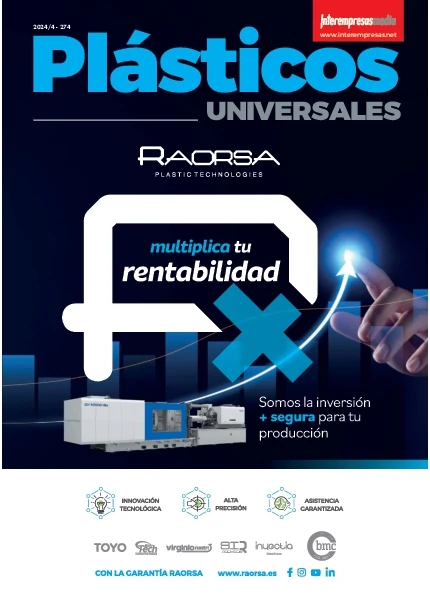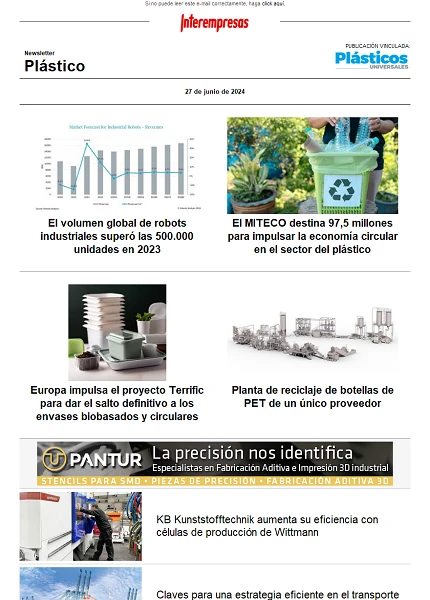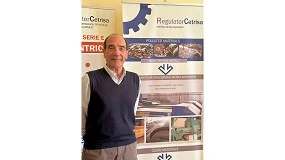Aiju and Iteam made sound toys psychoacoustic analysis
The feeling that a sound produced in listeners to it is what is known as 'subjective' sound. The science that studies is the psychoacoustics, and covers from the analysis of the physical parameters of the sound to the physiological and psychological characteristics of the listener. Focusing on the more technical side, the possibility of measuring parameters of the waveform recorded by a microphone to then relate to the feeling that in a person is an area of research whose applications are very numerous. One of the most widespread is the added value that can give you a sound to an object of consumption. For example, the automotive industry many years ago that uses experts to decide if a car engine sounds like the buyer hopes that sounds.
A field that has great potential to implement the technical psychoacoustic is the design of toys, however, there are no scientific studies on how to perceive the sounds that have children and the feelings they experience. For this reason, Aiju (technological Institute of the toy) and Iteam (Institute of telecommunications and Multimedia applications, of the Polytechnic University of Valencia), carried out a joint research project, funded by the Impiva, who has obtained interesting results on the subjective perception of children. The ultimate goal of this project was to use the results to improve the quality of the sound of toys, as with the existing European rules is aimed at limiting the level of sound pressure that emits a toy, but without taking into account other aspects of the sound that can influence in the development or the behaviour of the child.
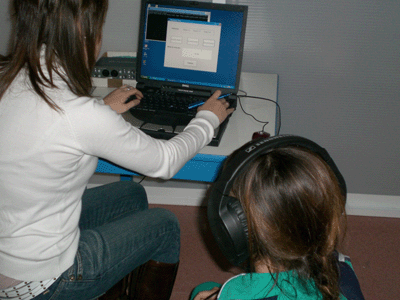
Aiju usually made recordings and measures of the sounds of toys in with a signal Analyzer semi-anechoic chamber, following the Protocol based in standard EN 71/1, which specifies the requirements acoustic for the measurement of the sound of the different types of toys pressure levels, among other security requirements. For the study were selected toys that emitted sounds and which were used by children from 6 to 9 years, from this age children are already able to concentrate on what they hear and give their opinion. The sounds were recorded by the same procedure with the European rules cited, focusing on three types: tears of dolls, engine of electric vehicles and musical sounds. Of each type were selected five different toys.
The Iteam, in collaboration with Aiju, designed a software to conduct tests for evaluation of sounds tailored to children. These tests were conducted in Aiju a total of 316 children and was based in the 'Comparison of pairs' method, where, for each type of toy, each child compares all the sounds each other pairwise and indicates which sound prefers. This produces an array of preference from which it is possible to extract a note or rating of each sound.
After the realization of the objective assessment of the recordings and the subjective tests has been possible to make a comparison between the two. Such a comparison has made it possible to find and identify the most significant parameters, and even specifically within each parameter, the properties that can worsen or improve the quality of the sound of a toy.
The results were quite surprising in two ways: firstly, the factor most discriminant to prefer one or the other sound was the timbre (sharpness). This factor was acting in a positive way in the sounds of dolls and music, while it was negative in the engine sounds. Second, boys and girls analyzed separately presented similar preferences in the choice of sounds, except the engine, where children positively appreciated the sound power (loudness) while girls made it negatively.
This project is intended to provide a support for the design and manufacture of acoustic toys, Spanish by establishing guidelines for improvement that undeniably have an impact on the quality of the toys of the industry.
-Loudness: models the sensation of sound power, i.e., how strong is the perceived sound.
-Sharpness: this corresponds to the sense of acute or severe, and is directly related to the timbre of the sound.
-Fluctuation Strength and Roughness: are two parameters that shape modulation amplitude that can present a sound, i.e., temporary, rapid or slow variation respectively, of their energy. A rapid variation of the energy normally generate a uncomfortable feeling.
